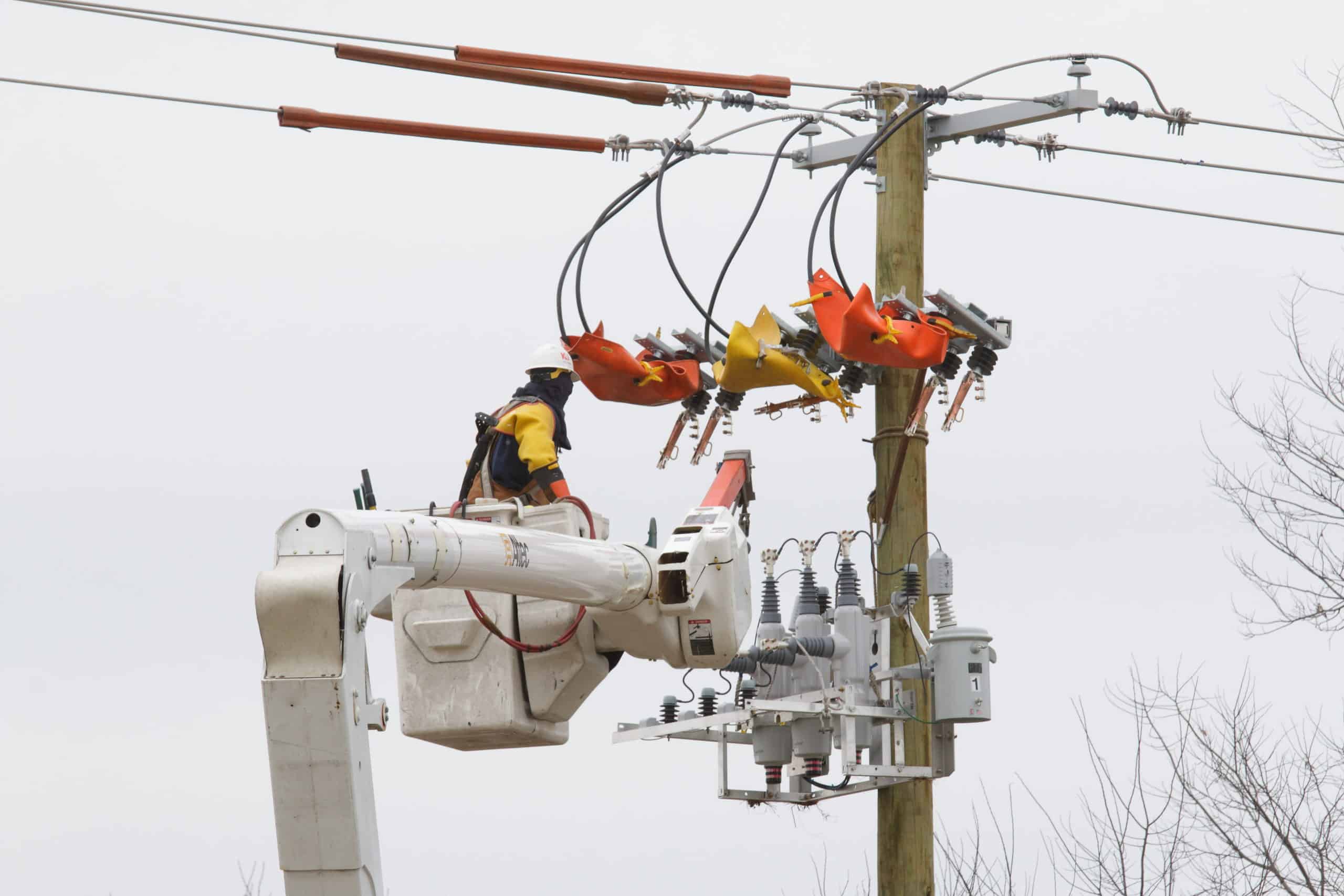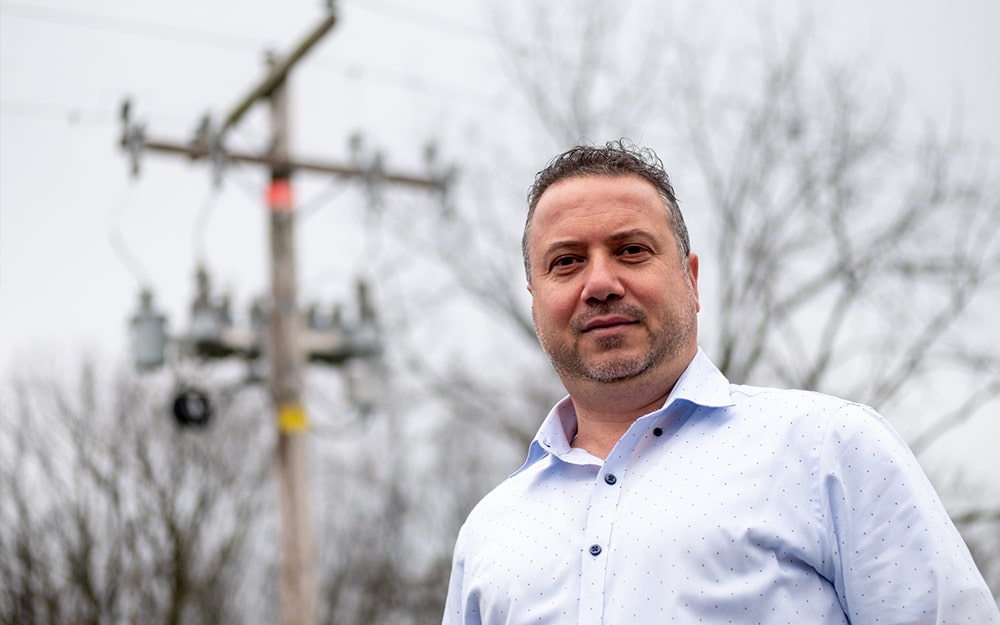In its quest for ever-improving reliability, PPL Electric Utilities is utilizing drones to help perform power line inspections on transmission lines throughout its 10,000-square-mile service territory.
As one of the first U.S. utility companies to receive FAA approval to operate a drone, or unmanned aerial system, PPL is at the forefront of the trend to find value in their use. Still in the early stages of implementation, the company anticipates drones will provide a more efficient and safer method to perform inspection and maintenance work.
Drones will be used for routine inspections as well as inspections after storms or other problems on the system.
At a mere 20 pounds and about 3 feet in diameter, PPL’s drones are showing their worth as part of the company’s reliability arsenal, which also includes manned helicopter patrols and ground crews. Drones will augment, but not replace, any existing inspection methods.
A tool in the reliability arsenal
PPL has made great strides in increasing reliability. On average, customers are experiencing 20 percent fewer outages today than in 2007. The company is eyeing another 20 percent improvement in the next five years.
Drones are an important tool in PPL’s arsenal for meeting those reliability goals.
In April 2015, after receiving an FAA Section 333 exemption, PPL was cleared to begin commercial operation of drones. At that time, the company began piloting drones to perform planned aerial inspections and damage assessment on transmission lines. These aerial inspections have proven to be beneficial for maintenance activities, providing a bird’s-eye view of structures and enabling crews to spot potential problems before they become outages.
The drones, equipped with a 4K camera and 16x optical zoom, can capture subtle faults on equipment and data for post-flight analysis. In post-event inspections, the high-resolution imagery enables ground crews to efficiently assess damage, diagnose issues and dispatch appropriate repairs.
The right tool for the right place
Knowing where and when to deploy the drones is the key to success. In general, the company’s FAA exemption stipulates that the drone cannot fly above 200 feet maximum altitude and must maintain a distance of at least 500 feet from any non-participating drone personnel. The drone pilot and spotter must also maintain a visual line-of-sight with the aircraft at all times.
Even with these restrictions, PPL finds the technology to be useful for surveying portions of the 5,000 miles of transmission lines and 400 substations throughout the company’s central and eastern Pennsylvania service territory.
PPL’s drone team completes a pre-flight plan prior to each mission, which ensures efficient deployment of an inspection location. Armed with a flight plan and an all-terrain vehicle, the ground crew systematically inspects the lines in sections ranging from 1,000 to 1,500 feet, transmitting each second of data as the drone moves down the line.
In certain instances, drones are being deployed to inspect locations that cannot be safely accessed by a helicopter or manned ground crew. Recently, electrical clearances were impeding a substation structure suspected to be the source of a recent line interruption. A drone was called in to inspect the site, as a helicopter would be too large to access the area, and it easily assessed the specific location of the line fault, facilitating repair by crews.
The future of drone efficacy
PPL is still in the process of evaluating how drone technology best fits into operations and how to efficiently work within FAA regulations.
Currently, the drones are being analyzed for their versatility, safety and responsiveness in inspection and maintenance activities. As the program matures, PPL will also evaluate the cost effectiveness.
Beyond the pilot program, as technology advances and industry-specific regulation is introduced, there is vast potential to improve event response, project siting and asset management.
Today, drone technology is providing PPL immediate benefits in reliability and safety, where it best serves customers.



